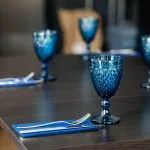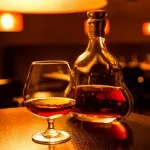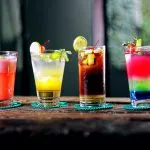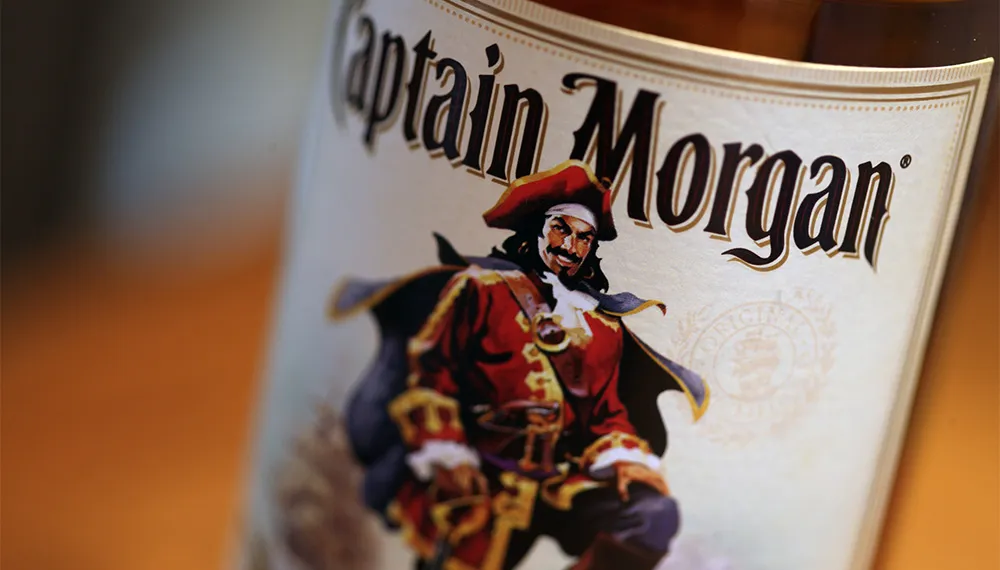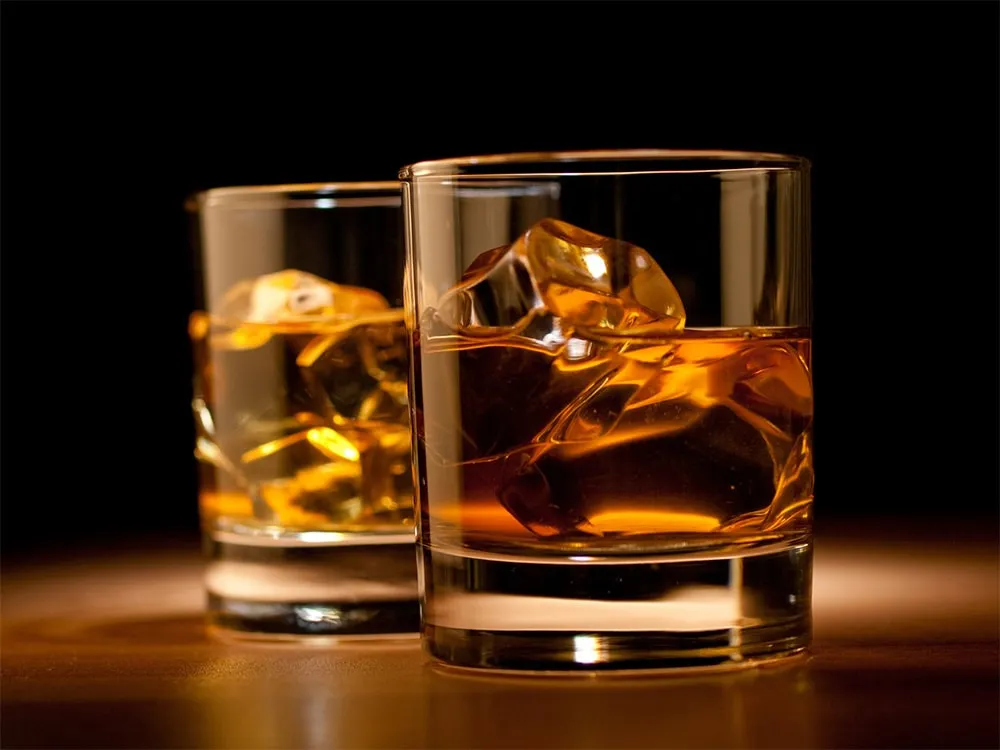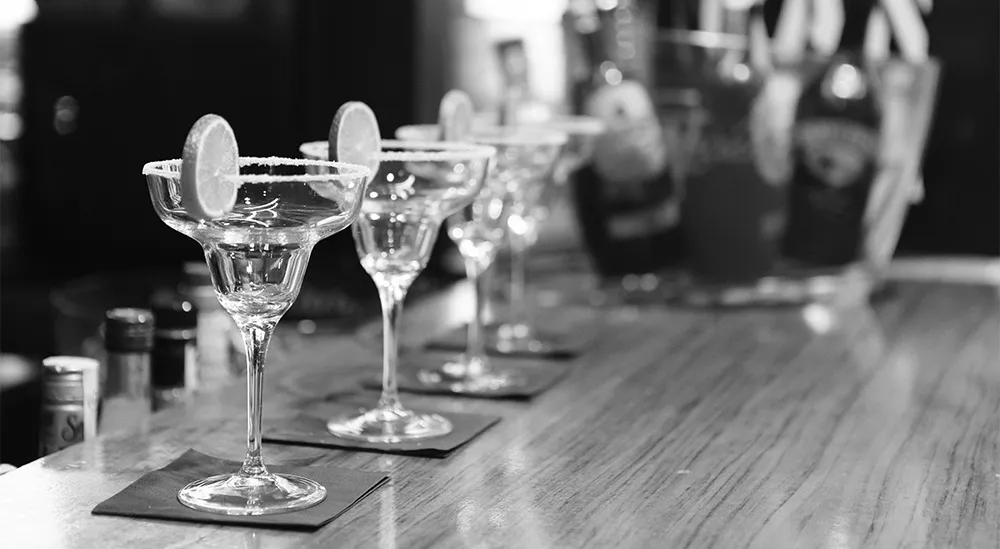Captain Jack Sparrow drank it and you have likely drank it, too, either on the rocks or in cocktails like mojitos and daiquiris. We’re taking about rum, of course, an alcoholic beverage with a sweet taste that lends itself well to a wide range of cocktails. In fact, it’s used in tropical drinks popular in tiki parties and in warm winter drinks!
But do you know what rum is, where it was first produced, and what its types are? If you don’t know its basics, then consider this article your introduction to the wild and wonderful world of rum! The next time you look at a bottle of Bacardi, you will have a newfound appreciation for its history and production.
What Is Rum?
Basically, rum is an alcoholic beverage distilled from sugar sources, such as pure cane sugar, molasses, or syrup. The base flavor of any true rum then is sweet, toasted sugar although there will be distinct differences between brands and types. These differences are usually due to the specific ingredients used, the steps applied in their production, and the age, among other factors.
Many of the early rums produced in the Caribbean were also produced with so-called skimmings, which were obtained by boiling sugar cane and which were then mixed with dunder (i.e., the leftover sediment) and molasses. Today, the famous Jamaica rum has a funky yet pleasant taste due to such mixture.
Most rums nowadays are made from molasses, a by-product during the production of crystallized table sugar. The use of molasses as the primary ingredient started in Colonial America with the resulting rum being milder and sweeter than the Caribbean rum. But some origin-specific rums, such as rhum agricole and cachaca, are made from freshly-pressed sugar cane juice, not molasses.
Regardless of whether cane juice or molasses are used in modern rum, these are fermented and distilled in either pot stills (i.e., for traditional rums) or continuous column stills (for big brand rums). Many of these rums are the aged in wood casks, the type of wood of which depends on the manufacturer. In general, the wood is chosen for the color that it will give to the rum.
Also, bourbon barrels may be used in aging rum since these barrels cannot be reused for whiskey aging. The resulting aged rum then has a whiskey-like flavor – and it definitely makes for a more complex drink.
As for aging the rum, the main determinant of the period is the climate. Thus, rums made in a temperate climate will be aged for longer periods than those made in a tropical climate. Thus, a North American rum may have been aged for 10 years or so but a Caribbean rum may have been aged for 3-5 years only.
As for strength, most rums are bottled at 40% ABV (80 proof) while overproof rums are at 151 proof.
Where Did It Come From?
In 1493, Christopher Columbus brought sugarcane to the West Indies and started the colorful history of rum. According to historians, rum is the first distilled spirit of the New World and it was first produced in Jamaica, Barbados, and Brazil.
Such was its popularity that by the mid-1700s, it was being produced across South America and the Caribbean.
Trivia: The rum sling, a cocktail made of rum, water, sugar and lemon juice, is among the oldest American cocktails.
What Are Its Types?
Due to the differences in materials and procedures, as well as the aging process, rum comes in several types.
- Light rums, also known as silver or white rums, have a clean, crisp and light flavor that can be described as a vodka with a sweet note. These are typically aged in stainless steel tanks before being filtered and bottled.
- Gold rums, or amber rums, are medium-bodied liquors with a surprisingly rich and smooth mouth-feel. These traits are typically the result of either the presence of organic compounds known as congeners or the addition of caramel. These may also be aged in oak casks, thus, their dark color and smooth feel.
- Aged rums are similar in body and color to gold rums but without additives (e.g., caramel or congeners). These are also likely to pick up the color and flavor of the wood barrel in which they were aged in, thanks to their longer aging period.
- Dark rums are heavy-bodied liquors used in rum punches. These are the richest and smoothest rums partly due to their aging in charred oak casks and to the use of the darkest molasses possible. These are the best sippers, as well as great dessert rums.
- Overproof rums have the highest potency – as high as 75½% ABV (151 proof). These shouldn’t be consumed without dilution for this reason. These are, however, great for float in cocktails and flamed drinks.
Other types of rums are cachaca, a Brazilian rum made of pure sugar cane juice so it’s among the sweetest rums; rhum agricole, a French rum also made from pure sugar cane juice, and noted for its sweet, grassy taste; and flavored rum made by adding aromatics and spices during its distillation.
Add a bottle or two of each of these rums to your bar and start experimenting with the ways that each one can be made into a cocktail. Or just enjoy them on the rocks!


